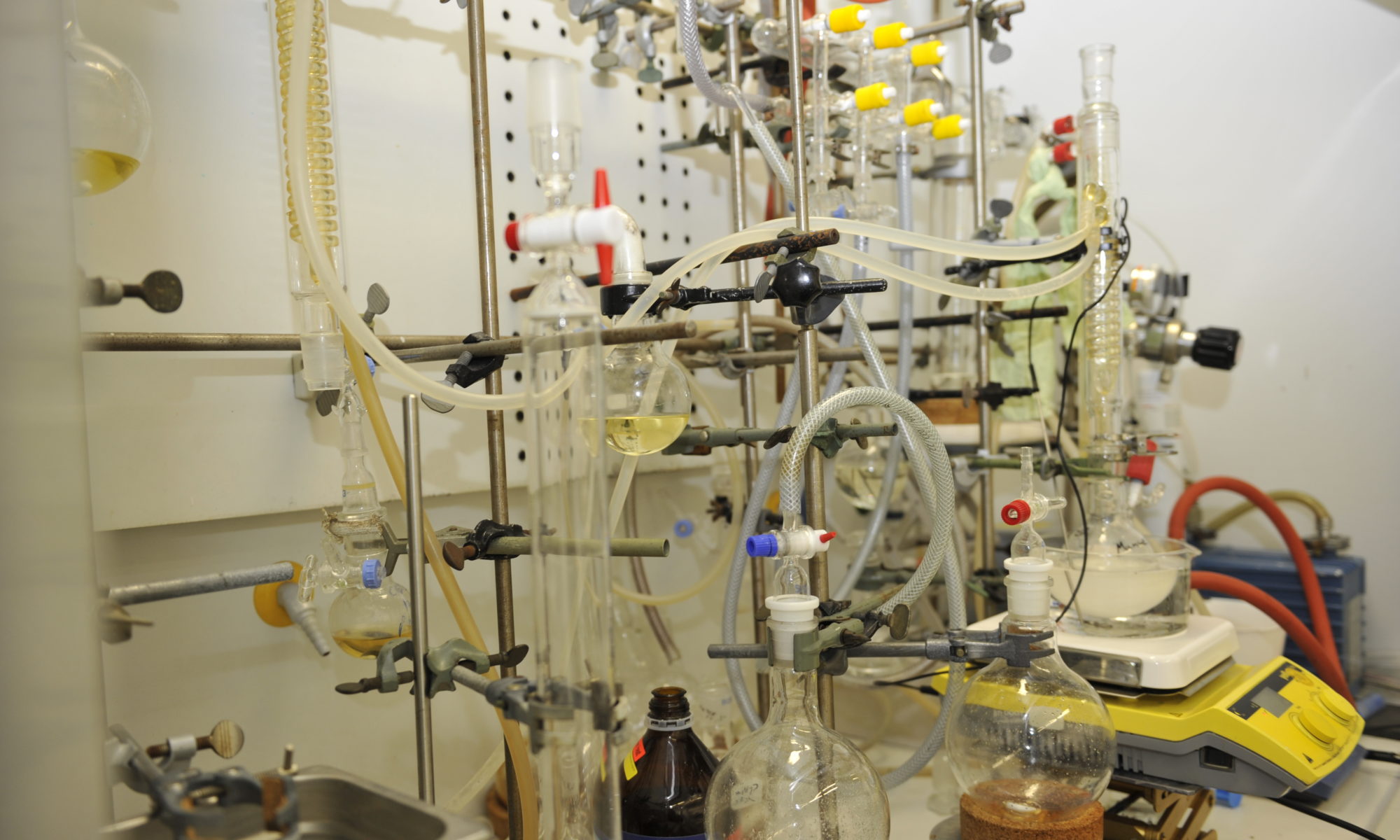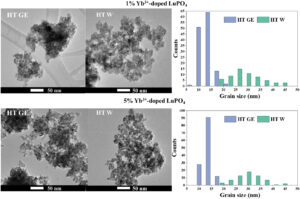In our latest publication we report the new ternary compound Zr7Pd7-xGa3+x (0 ≤ x ≤ 1.8), which was synthesized by arc melting the elements under argon and subsequent annealing the ingots at 870 K for 720 h. The polycrystalline samples were characterized by powder X-ray diffraction (XRD) and the crystal structure of the compound was determined from single crystal X-ray diffraction data. The crystal structure of Zr7Pd7Ga3 is represented by a 3D Pd–Ga framework built of sinusoidal layers of Pd and Ga stacking along the b axis sandwiching the Zr atoms. Our electronic structure calculations revealed that substitution of Pd by Ga reduces destabilization contributed by strong Pd–Pd anti-bonding interactions, thus stabilizing Zr7(Pd,Ga)10. Additionally, strong heteroatomic bonding between Zr and the Pd/Ga substructure, puts it into the class of polar intermetallics. 
Read the full article here.

